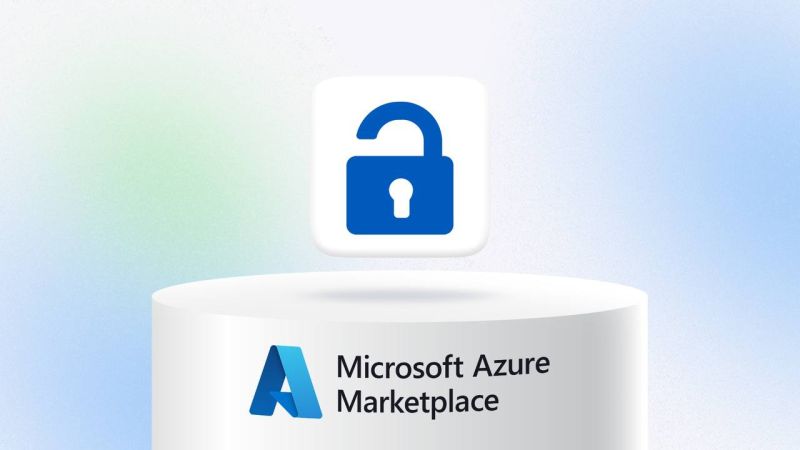
Electronic identity is becoming central to how individuals and organizations interact online. For everyone from consumers accessing services to enterprises securing operations, a reliable digital identity makes transactions possible and trustworthy. For a practical reference on established solutions and concepts, see electronic identity https://www.wwpass.com/electronic-identity.
At its core, electronic identity refers to the set of attributes and credentials that uniquely represent a person, device or organization in digital environments. Unlike a physical ID card, an electronic identity can include cryptographic keys, biometric templates, federated account identifiers, and issued certificates. These components work together to provide authentication (proving who you are), authorization (defining what you can do), and non-repudiation (ensuring actions cannot be denied later).
There are several models of electronic identity in use today. Centralized identity systems keep credentials and verification under the control of a single provider, simplifying management but creating single points of failure and potential privacy concerns. Federated identity systems let multiple organizations accept a shared set of credentials or assertions, easing cross-domain access. Decentralized identity (often associated with blockchain or distributed ledger technologies) aims to give individuals direct control over their identifiers and related claims, reducing dependency on intermediaries.
Technical building blocks are varied and complementary. Public key infrastructure (PKI) remains a foundation for secure electronic identity: public/private key pairs and digital certificates enable strong cryptographic authentication. Passwordless approaches combine hardware tokens, smartcards, or platform authenticators (such as FIDO/WebAuthn) with asymmetric cryptography to reduce the weaknesses of passwords. Biometrics can provide convenient and strong verification, but they must be managed carefully to avoid irreversible privacy risks. Identity proofing processes—ranging from document verification and in-person checks to remote biometric matching—establish initial trust in an identity.
Privacy and user control are essential considerations. Electronic identity systems collect and process sensitive personal data. Designing with privacy in mind means adopting principles such as data minimization (only collecting what is necessary), purpose limitation (using data only for declared purposes), transparency (users understand how their data is used), and user consent or control over attribute sharing. Technologies like selective disclosure and zero-knowledge proofs can permit verification of certain claims (e.g., age over 18) without revealing full identity details.
Regulatory frameworks shape how electronic identity systems operate. In the European Union, eIDAS and its successor acts define standards for trust services, electronic signatures, and recognized eIDs across member states. Data protection regimes like GDPR set strict rules for processing personal data, including storage, transfer, and user rights. Organizations deploying identity solutions must align technical implementations with applicable legal obligations, including requirements for breach notification, data access requests, and lawful bases for processing.

Adoption challenges span technical, social and economic dimensions. Interoperability between identity providers and relying parties is a persistent obstacle: without common protocols and standards, fragmentation undermines convenience and trust. Usability matters: secure systems that are cumbersome will be bypassed or misused. Security must address threats such as credential theft, replay attacks, and supply-chain vulnerabilities. Moreover, ensuring equitable access is important—identity systems should not exclude people who lack certain devices, documents or digital literacy.
Trust frameworks and governance models are a practical response to these challenges. Trust frameworks define roles (issuers, holders, verifiers), technical standards, liability rules, and certification processes that allow disparate participants to rely on each other’s credentials. Public-private partnerships and accreditation schemes can accelerate adoption by clarifying expectations and providing accountability mechanisms. Transparency reports and third-party audits further strengthen confidence.
Enterprises and service providers looking to implement electronic identity solutions should follow several guiding practices. First, adopt standards-based protocols (e.g., OAuth2, OpenID Connect, SAML, FIDO) to maximize portability and interoperability. Second, prefer cryptographic, passwordless authentication where possible to reduce attack surfaces. Third, design attribute exchange to minimize data exposure by default and provide clear user consent workflows. Fourth, implement robust lifecycle management for credentials, including revocation, renewal, and recovery mechanisms that balance security and usability. Finally, perform regular threat modeling and independent security assessments.
For individuals, managing electronic identity responsibly involves using strong, unique credentials where applicable, preferring multi-factor or hardware-backed authentication, and being cautious about oversharing personal attributes. Understanding how different services use identity data and exercising available privacy controls (consent management, data access requests) helps maintain control. When possible, using identity solutions that support portability and selective disclosure reduces dependency on any single provider.
Looking forward, several trends will shape the evolution of electronic identity. Interoperable decentralized identifiers (DIDs) and verifiable credentials promise more user-centric models, while advances in cryptography (such as post-quantum algorithms and privacy-preserving techniques) will alter assurance and protection mechanisms. Regulatory developments will continue to harmonize cross-border identity acceptance and set expectations for privacy and security. Finally, as machine-to-machine interactions proliferate, scalable identity frameworks will be required for devices and automated services as much as for people.
In summary, electronic identity is a multifaceted ecosystem encompassing technology, law, governance and user experience. Effective systems increase convenience and trust while protecting privacy and reducing fraud. Successful deployments depend on standards, clear governance, user-centric privacy design, and continuous security vigilance. Organizations and individuals that approach electronic identity with these principles can unlock safer, more seamless digital interactions now and in the future.
鹏友法律咨询|版权所有
发表评论
电子邮件地址不会被公开。 必填项已用*标注



